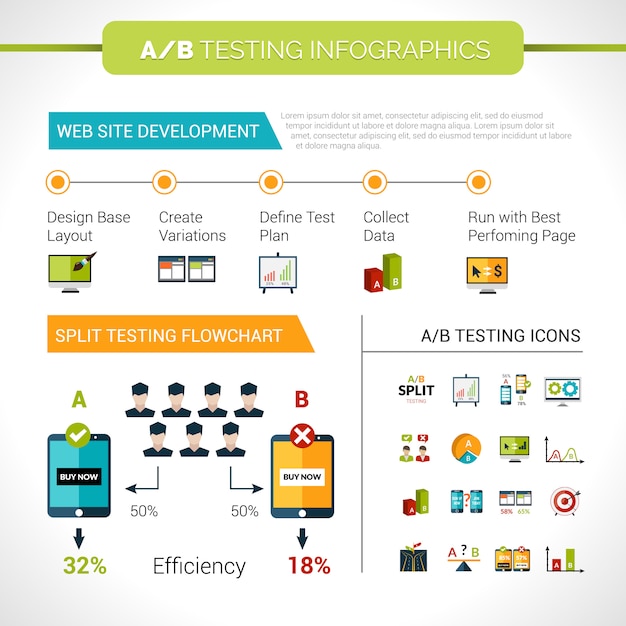10 Surprising Energy Facts You Need to Know

Energy is the fuel that powers our daily lives.
The sun is the ultimate source of all energy on Earth.
Renewable energy sources like wind and solar are key to a sustainable future.
Every action we take requires energy, even something as simple as breathing.
Energy is neither created nor destroyed, but it can be transformed from one form to another.
Fossil fuels are a non-renewable source of energy that contribute to climate change.
The average American home uses enough energy to light up 20 football fields.
Energy conservation is the key to reducing our carbon footprint.
Geothermal energy harnesses the heat from beneath the Earth’s surface to generate power.
Nuclear power is a controversial but highly efficient source of energy.
The energy from a lightning bolt can power a 100-watt light bulb for more than three months.
Energy efficiency measures can save households significant amounts of money.
The production and use of energy contribute to air and water pollution.
The world’s largest solar power plant is located in California and covers more than 4,000 acres.
Hydropower generates electricity by harnessing the energy from flowing water.
The transition to clean energy sources is essential for combating climate change.
The Hoover Dam in the United States can power more than a million homes with its hydropower.
Renewable energy technologies are becoming more affordable and accessible.
10 Surprising Energy Facts You Need to Know part 2
Energy-efficient appliances can reduce energy consumption by up to 50%.
The energy generated by a human body in a day is equivalent to the power of a 100-watt light bulb.
The International Energy Agency predicts that wind power will become the largest source of electricity by 2050.
The energy in a single gallon of gasoline is equivalent to the strength of 96 people working for an hour.
Energy consumption is expected to increase by 50% in the next 20 years.
Solar panels can convert sunlight into electricity with an efficiency of up to 20%.
The concept of energy dates back to ancient Greece, where it was associated with the idea of vital force.
The average American spends around 9% of their income on energy-related expenses.
Energy breakthroughs have the potential to transform our world and enhance our quality of life.
The world’s energy demand is expected to double by 2050.
Wind turbines can convert wind energy into electricity, even in relatively low wind speeds.
The energy usage of a computer during its lifetime is equivalent to the energy needed to manufacture it.
Energy consumption is highest in developed countries due to a higher standard of living.
The burning of wood and other biomass has been a source of energy for humans since ancient times.
Energy storage technologies, such as batteries, are crucial for the integration of renewable energy into the grid.
The energy wasted by the United States each year is more than enough to power the entire United Kingdom.
Energy generation and consumption are key indicators of a country’s economic development.
The transportation sector is one of the largest consumers of energy worldwide.
Microgrids, localized energy systems, are gaining popularity for their ability to enhance energy resilience.
The most common types of renewable energy include solar, wind, hydropower, and geothermal.
The use of energy-efficient light bulbs can save up to 80% on lighting costs.
Energy poverty affects over a billion people worldwide, limiting their access to basic services.
The energy needed to power a single Google search is equivalent to the energy required to boil a cup of water.
Many nations are investing in offshore wind farms to tap into the immense energy potential of the oceans.
Energy independence is a strategic goal for many countries to reduce their reliance on fossil fuels.
The energy saved from recycling one glass bottle can power a computer for 25 minutes.
Energy literacy is crucial for individuals to make informed choices about their energy consumption.

